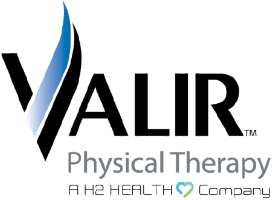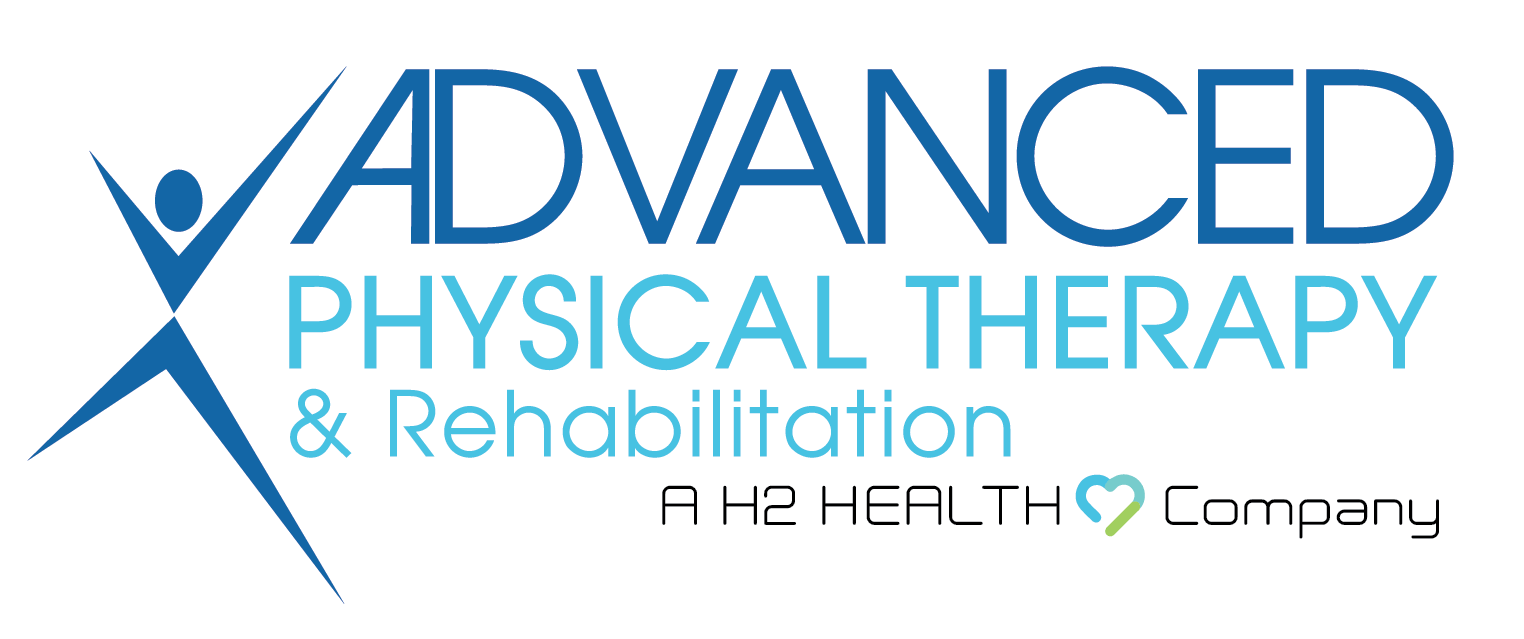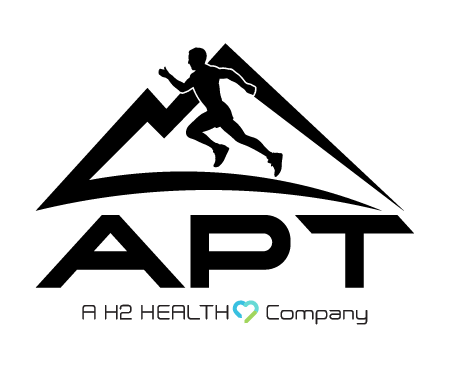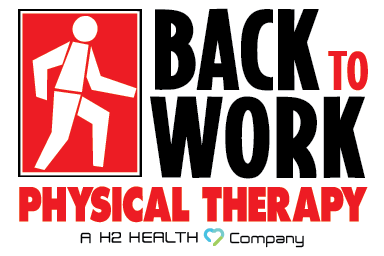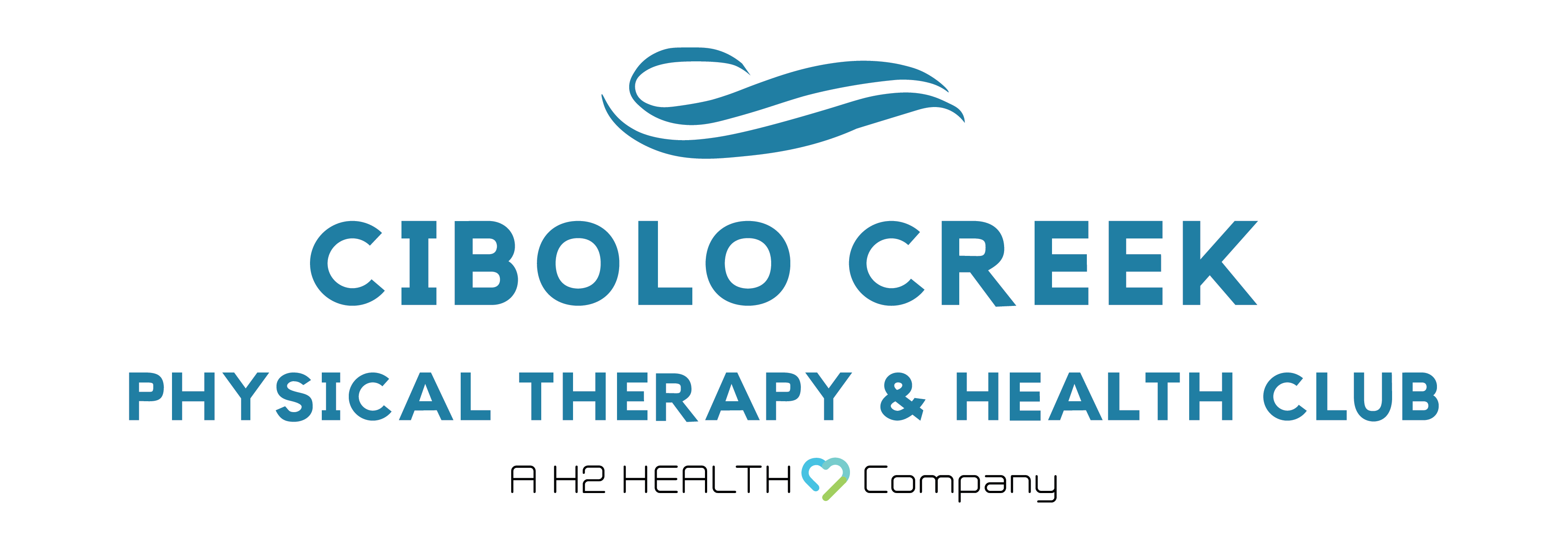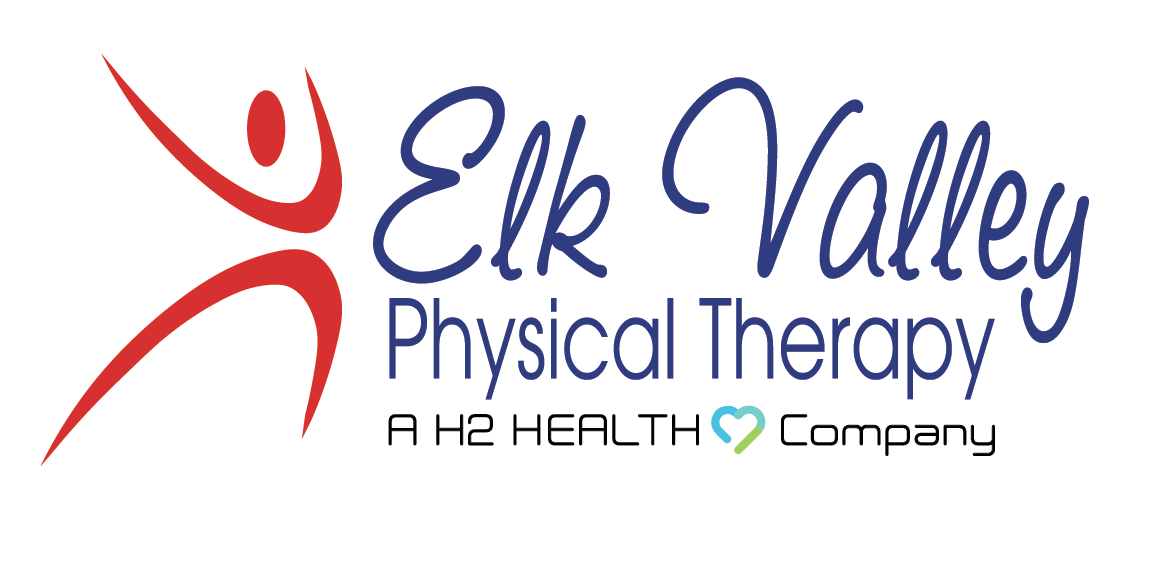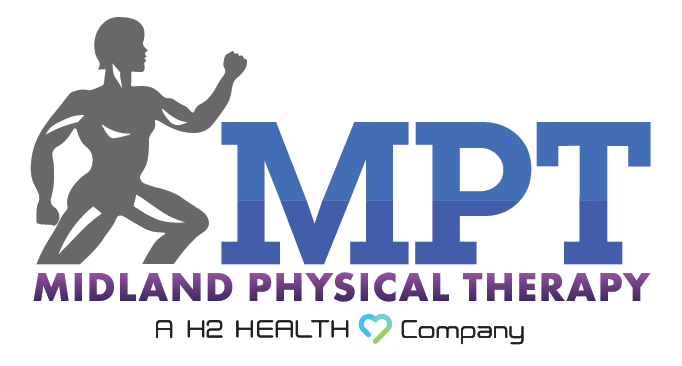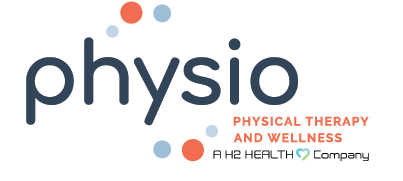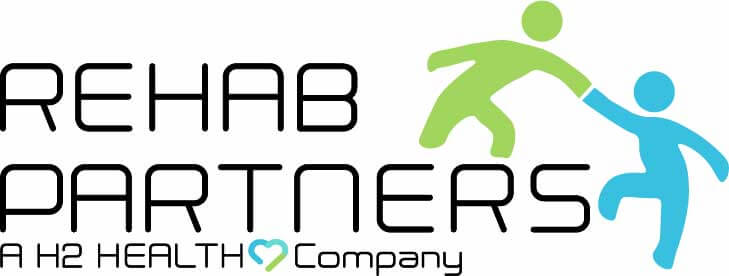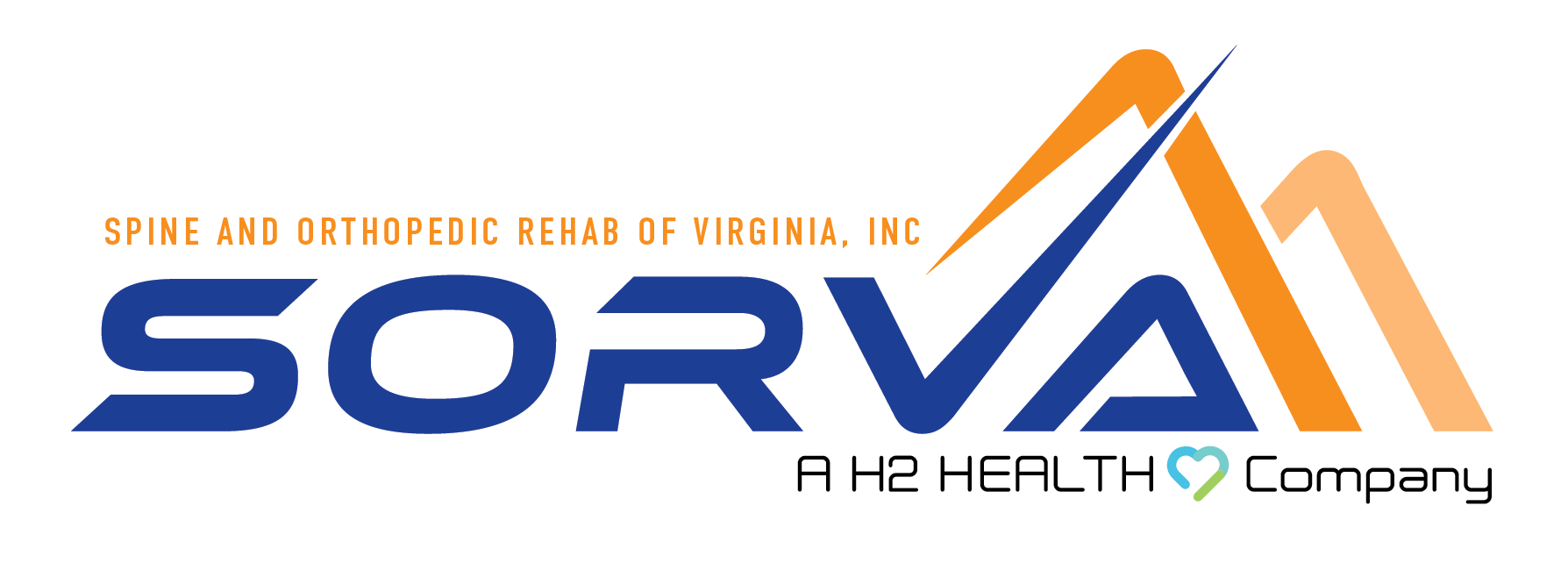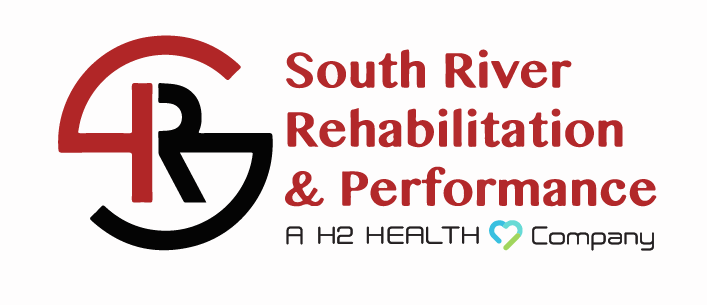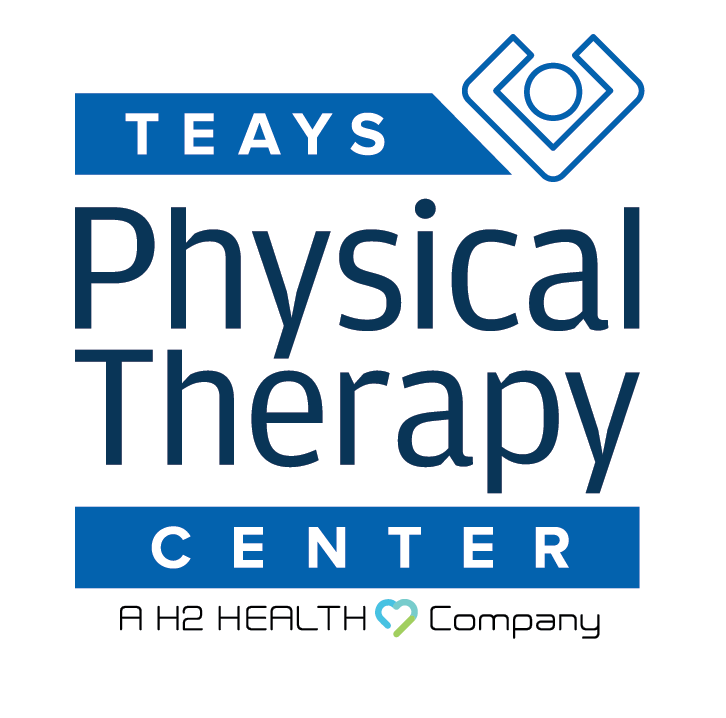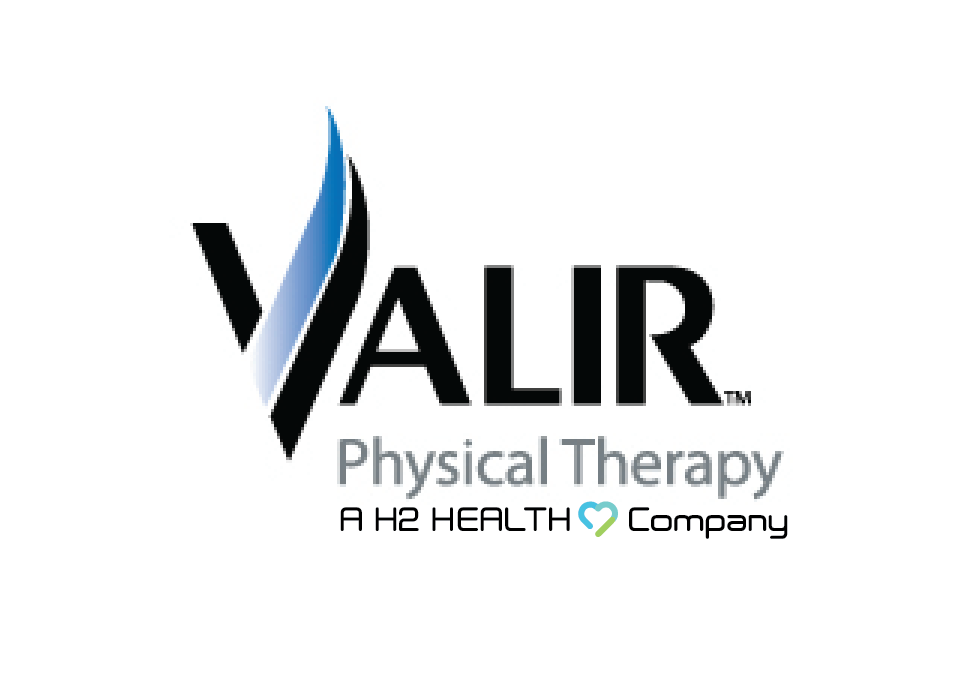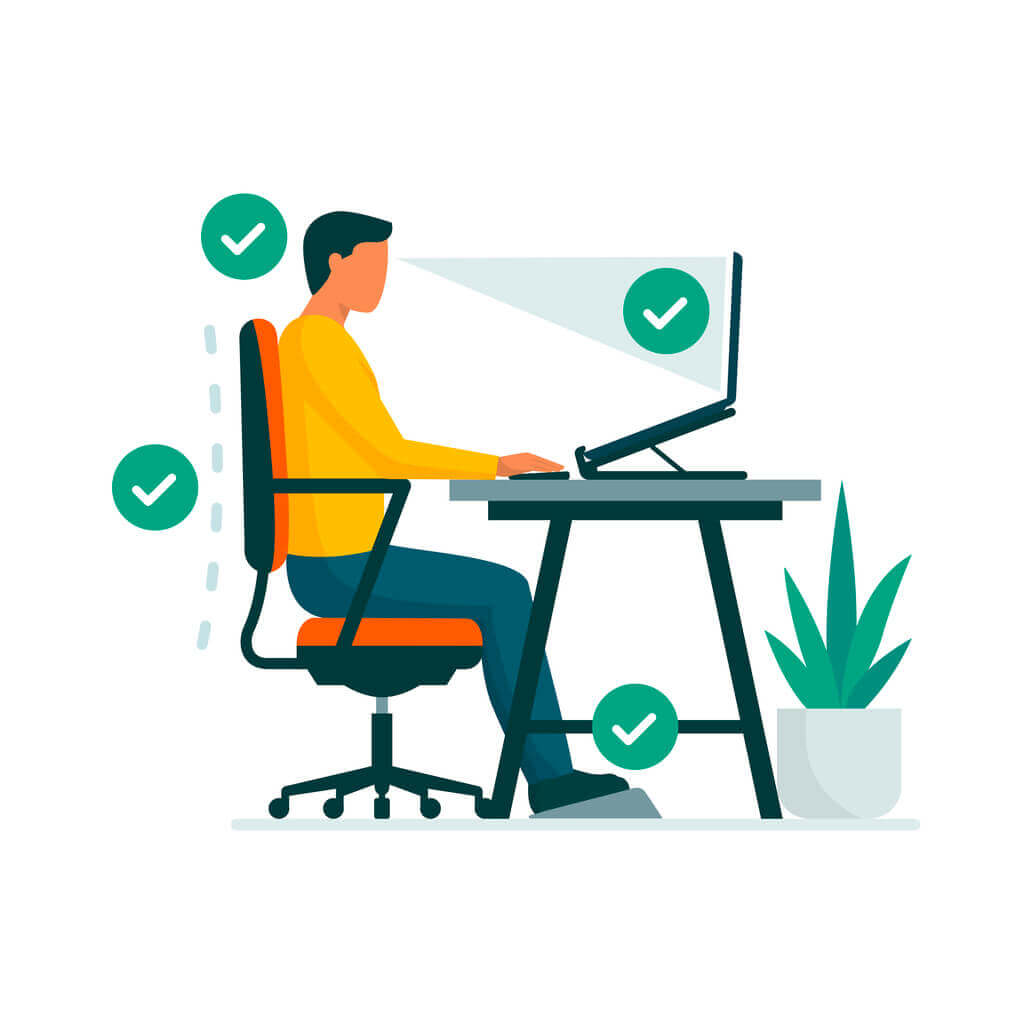
The repetitive movements that are a natural part of your occupation can take a toll on your physical health. Repetitive strain injuries usually affect the upper body, such as the forearms, elbows, wrists, and hands, which are heavily used while working. The pain from overuse can prevent you from doing your job well.
The goal of ergonomics is to prevent soft tissue injuries and musculoskeletal disorders while increasing work-place productivity. Poor ergonomics is often behind pain in the neck, back, arms, and legs. With simple ergonomic changes, you can prevent such problems.
Here is a guide on ergonomics at home and work, and what changes can promote a healthy environment.
What is Ergonomics?
Ergonomics examines various aspects of your work, including the nature of your tasks, the tools you utilize, and the overall environment in which you operate. Its primary objective is to identify the optimal alignment between you and your environment, ensuring maximum comfort and efficiency.
Ergonomic Changes to Make at Home and at Work
According to a new Pew Research Center survey, 35 percent of workers in the US who have jobs that can be done at home, prefer to do so most of the time, which means an ergonomic set-up needs to be made in the home office, as well as your place of work.
When you are working, it is important to maintain a neutral body posture. Here are some useful tips:
- Choose a supportive chair: A good chair should support the natural curve of your back, to avoid pressure on your hips. It should be adjustable according to your desk height. There are ergonomic chairs available on the market, seek a specialist who can help you decide on the best one for you.
- Set up a standing desk: A standing desk can help reduce the strain on your neck and back caused by sitting. There are now height adjustable tables that allow you to take breaks from sitting and engage your core while working. The elbow height should be approximately level with the keyboard, allowing the arms to rest comfortably by your side.
- Adjust your computer screen: The top of your computer screen should be slightly below your eye level to prevent neck strain. You will know the height is incorrect if you are straining forward to see what’s on the computer screen.
- Use an ergonomic keyboard and mouse: When typing, type lightly, and you may want to invest in an ergonomic keyboard. Your shoulders should be relaxed and the wrists should be in a neutral position, avoiding any bending upwards, downwards, or sideways while using the keyboard. An ergonomic mouse is shaped in such a way that a neutral wrist posture and better forearm position is achieved while working.
- Take short breaks: Regular breaks can help prevent eye strain, fatigue, and stiffness that can develop from sitting and working for long periods. Get up and walk around to get your blood flowing. Stretching exercises can help loosen up the muscles and keep them flexible. Gently stretch your neck, back, shoulders, wrists, hands, and fingers every so often to ensure flexibility and prevent stiffness and pain.
- Adjust the lighting: The lighting in your workspace should be adequate and positioned in a way that does not cause strain to your eyes. Avoid glare and shadows.
Applying the principles of ergonomics are shown to help workers have greater mental clarity, improved productivity, better quality of work, and an increase in quality of health.
How Can a Physical Therapist Help with Ergonomics?
A physical therapist can evaluate your posture, recommend ergonomic changes to your work and home environments, and create an exercise program to strengthen your muscles and maintain your flexibility, making you more resilient to overuse injuries.
If you have developed a work-related injury, a physical therapist can also create a custom therapy program to help reduce pain and improve healing from the injury, as well as prevent injuries.
Physical Therapy for Work-Related Injury in Florida, Georgia, Kentucky, Maryland, Oklahoma, Ohio, Pennsylvania, Texas, Virginia, and West Virginia
At H2 Health, our team of licensed and skilled physical therapists are passionate about helping workers heal from orthopedic injuries and guide them through preventing new injuries. We are experienced in treating all sorts of bodily pain and are committed to making a difference in your life.
We offer complimentary screenings to help determine your needs. Please reach us at our nearby location – we have over 180 locations in the US. To schedule your appointment, call our office nearest you or use our online form.



